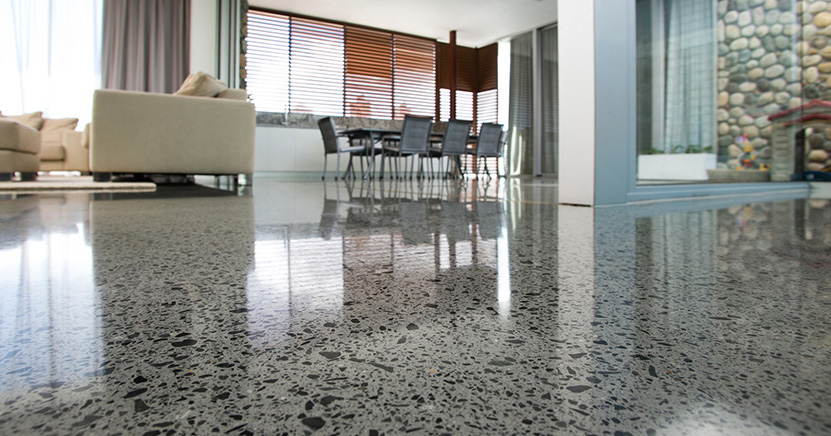Maintaining and Troubleshooting Epoxy Flooring
As epoxy flooring continues to gain popularity in residential, commercial, and industrial settings due to its durability, aesthetic appeal, and versatility, understanding how to maintain and troubleshoot potential issues with this type of flooring becomes crucial. This article provides practical guidance on preserving the longevity of epoxy floors and dealing with common problems that might arise.

Maintaining Epoxy Flooring
Regular Cleaning: The seamless design of epoxy floors makes them easy to clean. Routine sweeping or vacuuming can remove dust and debris, while an occasional damp mop with a mild detergent can tackle spills and stains. Avoid using harsh chemical cleaners that can dull the glossy finish of the epoxy.
Preventing Scratches: Though epoxy floors are incredibly durable, they can be susceptible to scratches. Care should be taken when moving heavy equipment or furniture. Consider using felt pads under furniture legs or wheels to reduce the chance of scratches.
Avoiding Excessive Moisture: While epoxy flooring is generally water-resistant, prolonged exposure to moisture can lead to issues. Ensure good ventilation in areas prone to moisture, and promptly clean up any spills.
Troubleshooting Epoxy Flooring
Despite proper maintenance, epoxy flooring can sometimes encounter problems. Here are a few common ones and how to address them:
Peeling or Flaking: This can occur if the epoxy wasn’t properly adhered to the substrate during installation. If you notice peeling or flaking, it might be necessary to reapply the coating. Engage a professional to ensure proper surface preparation and application.
Blisters or Bubbles: These are often caused by outgassing (when air or gas from the concrete substrate is released into the epoxy coating) or by applying the epoxy on a too-hot or too-cold surface. Blisters or bubbles might require the affected area to be ground down and a new epoxy layer applied.
Yellowing: Over time, epoxy floors can yellow or discolor if exposed to excessive sunlight. UV-resistant epoxy coatings are available to prevent this, but if yellowing occurs, a professional may need to apply a new topcoat.
Chalking: This is a phenomenon where a fine powder appears on the surface of the epoxy coating, often due to UV damage or exposure to harsh chemicals. A UV-resistant or chemically resistant epoxy formula can prevent this issue. If chalking occurs, cleaning and re-coating may be required.
Slipperiness When Wet: Although epoxy floors are typically safe, they can become slippery when wet. If this is a concern, consider using an epoxy with a slip-resistant additive.
In conclusion, maintaining an epoxy floor involves regular cleaning, preventing scratches, and managing moisture. If problems arise, it’s crucial to troubleshoot promptly and, if necessary, seek professional help. By taking these steps, you can help ensure your epoxy flooring remains durable, attractive, and functional for years to come. Epoxy flooring is one of the best options when it comes to choosing the best flooring finish solution for your home or business and if looked after carefully, can provide the best protection for your floors for years to come.
